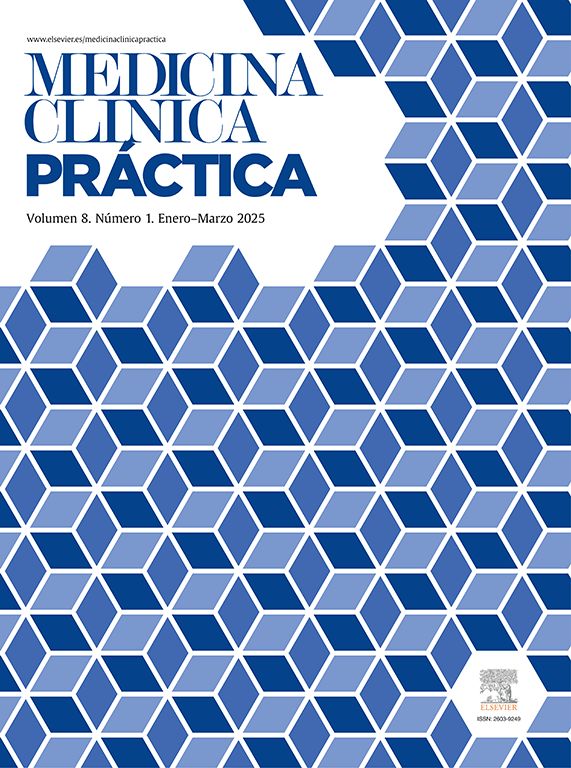A 40-year-old man with no significant medical history presented with recurrent and painful swelling of the right submandibular gland aggravated during meals. Bimanual palpation of the floor of the mouth revealed a slightly enlarged right submandibular gland, along with numerous mobile intraductal calcifications. The rest of the physical examination was unremarkable. Computed tomography (CT) showed multiple sialoliths of varying sizes along the entire course of the right Wharton's duct, the largest measuring 14 x 7 mm (Fig. 1). There was no evidence of sialolithiasis within the submandibular gland parenchyma nor in the ducts of the other salivary glands. A gland-sparing intraoral sialolithotomy under general anesthesia was performed. A total of 13 stones were successfully removed, the largest measuring 12 x 7 mm (Fig. 2). There were no postoperative complications.
Sialolithiasis is one of the most common disorders of the salivary glands, predominantly affecting the submandibular gland and Wharton's duct due to its larger caliber, antigravity angulation and distinctive saliva composition. In the majority of cases, it is unilateral and presents as a solitary calculus. Multiple sialolithiasis in the Wharton's duct is a rare finding, occurring in only 5% of patients. The treatment approach depends on the location and size of the sialoliths.
The procedures followed here were in accordance with the ethical standards of the responsible committee on human experimentation and with the Helsinki Declaration of 1975, as revised in 1983. We have not used patients' names, initials, or hospital numbers.
AuthorshipAll authors had access to the data and played a role in writing this manuscript.
FundingNo specific funding was received from any bodies in the public, commercial or not-for-profit sectors to carry out the work described in this article.
The authors have declared no conflicts of interest.








